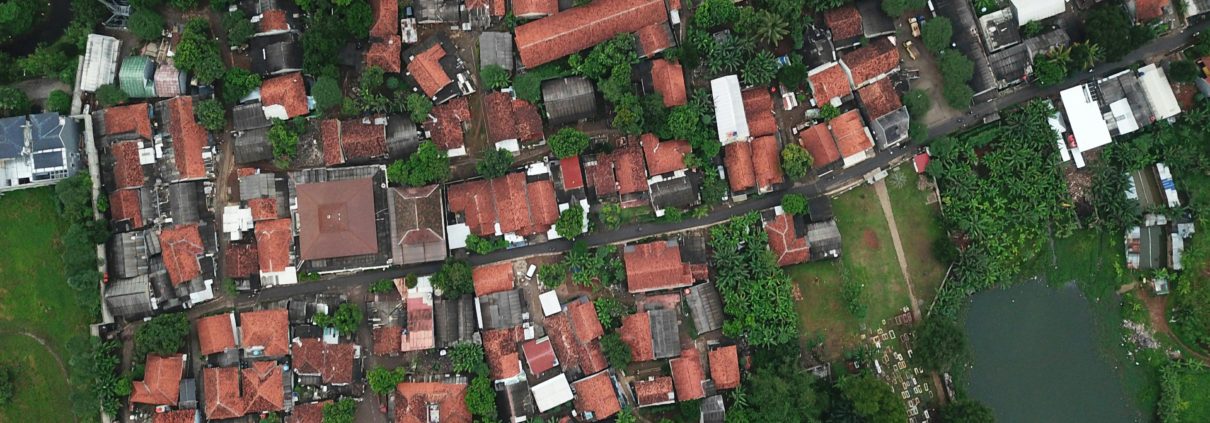I recently had the pleasure of diving into Seth Kaplan’s thought-provoking book, Fragile Neighborhoods, and it’s one of those reads that has stayed with me, simmering in my mind long after I turned the last page. Kaplan’s research paints a vivid picture of the state of our neighborhoods today—highlighting the fragility many of them face—and presents a compelling case for why strong, healthy families and relationships are the bedrock of thriving communities. As someone deeply invested in fostering strong family ties, I found his insights both alarming and motivating.
Kaplan argues that the health of our neighborhoods is intricately linked to the health of the families within them. He points out that neighborhoods where families are fractured, isolated, or struggling, are more likely to experience higher rates of crime, poverty, and social unrest. On the flip side, communities where families are strong, interconnected, and supported, tend to thrive. They have lower crime rates, better educational outcomes, and greater economic stability.
Research backs this up. Studies show that children who grow up in stable, two-parent households are more likely to succeed academically, economically, and socially.
They’re less likely to engage in criminal behavior or substance abuse, and they often go on to form healthy relationships themselves. It’s a ripple effect—when families thrive, so do communities.
But it’s not just about nuclear families. Kaplan emphasizes the importance of extended families, friends, and community networks. He cites research showing that children who have multiple adult figures in their lives—whether it’s grandparents, aunts, uncles, or close family friends—fare better in terms of emotional and social development. They’re more resilient in the face of challenges and have a stronger sense of identity and belonging.
Kaplan underscores a growing concern: the increasing fragmentation of communities across America.
Many neighborhoods today are facing what he describes as a “relationship crisis”—where social bonds are weakening, and people are becoming more isolated. This fragmentation can be seen in the rise of “marriage deserts”—areas with low rates of marriage and high rates of single-parent households—often in low-income communities. These neighborhoods are often marked by economic hardship, limited access to quality education and healthcare, and a lack of social cohesion.
But it’s not all doom and gloom. Kaplan offers a hopeful message: that we have the power to reverse these trends. By prioritizing relationships and investing in family and community life, we can build stronger, more resilient neighborhoods.
So, what can we do? How can each of us play a part in strengthening our neighborhoods? Here are a few practical steps, inspired by Kaplan’s findings:
- Invest in your relationships. Start with your own family. Make time for meaningful conversations, shared activities, and traditions that build a sense of belonging and identity. Reach out to extended family members and intentionally foster those relationships. Remember, strong families are the building blocks of strong communities.
- Get involved locally. Join or support local organizations that are working to strengthen families and relationships. This could be anything from volunteering at a community center, mentoring a young person, or participating in neighborhood events. Your involvement helps build social cohesion and creates a support network for those who might need it.
- Support community spaces and programs. Advocate for and support local initiatives that provide safe, supportive spaces for families to gather and build relationships. This could be after-school programs, sports leagues, or neighborhood associations. These spaces are crucial for fostering social connections and building a sense of community.
- Be a connector. Don’t underestimate the power of a simple introduction. Whether it’s introducing a new neighbor to others on the block or connecting a friend with a local resource, small acts of connection can have a big impact on building social capital in our communities.
- Promote economic stability. Encourage and vote for local policies and initiatives that support job creation, fair wages, and affordable housing. Economic stability is a key factor in strengthening families and, by extension, neighborhoods. When families aren’t struggling to make ends meet, they have more time and energy to invest in relationships and community life.
- Encourage mentorship and support. Look for opportunities to mentor or support a child, teenager, or young parent in your community. Whether through a formal program or an informal relationship, providing guidance, support, and encouragement can make a big difference in someone’s life.
In Fragile Neighborhoods, Kaplan reminds us that strong communities don’t just happen—they’re built, one relationship at a time. It starts with us, in our own homes and neighborhoods. By investing in the people around us, we can create a ripple effect that strengthens our entire community.
I invite each of you to consider how you might contribute to this vital work. Whether it’s through your time, talents, or resources, there’s a role for everyone in building stronger, more resilient neighborhoods. Let’s come together, support one another, and create the kind of community where families—and all of us—can thrive.
Remember, it takes a village. And we are that village. Let’s make it a strong one.





Thoughts? Leave a Comment